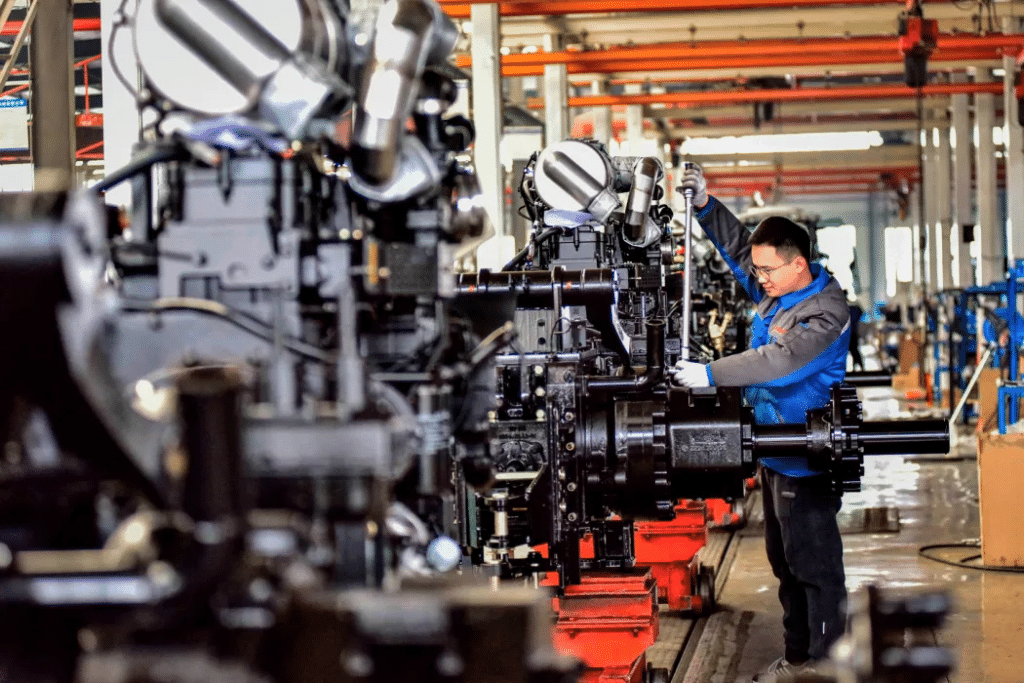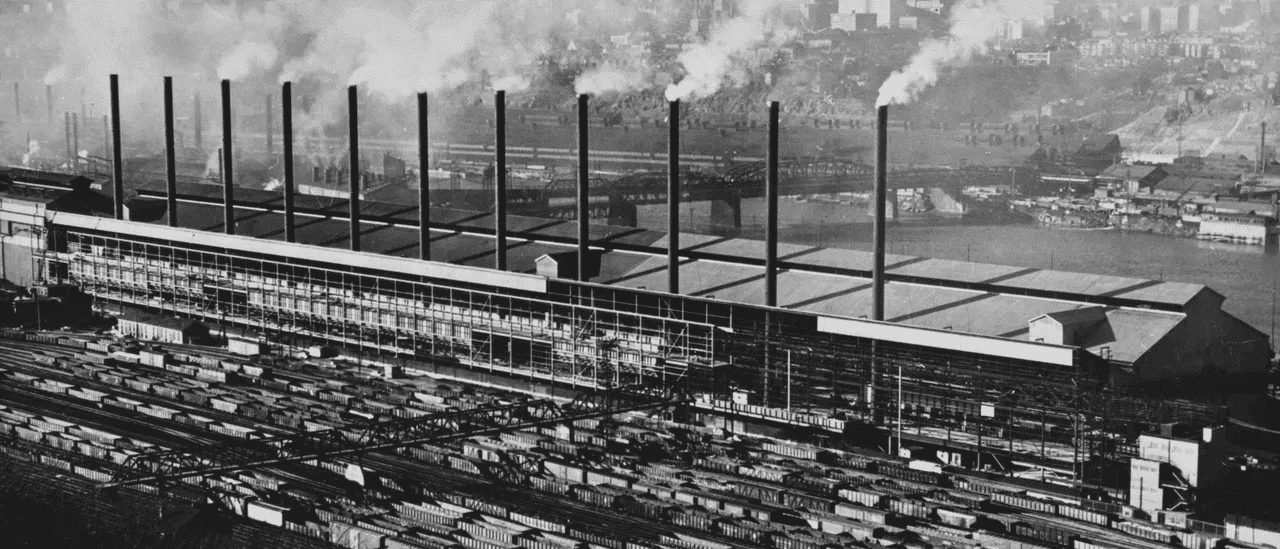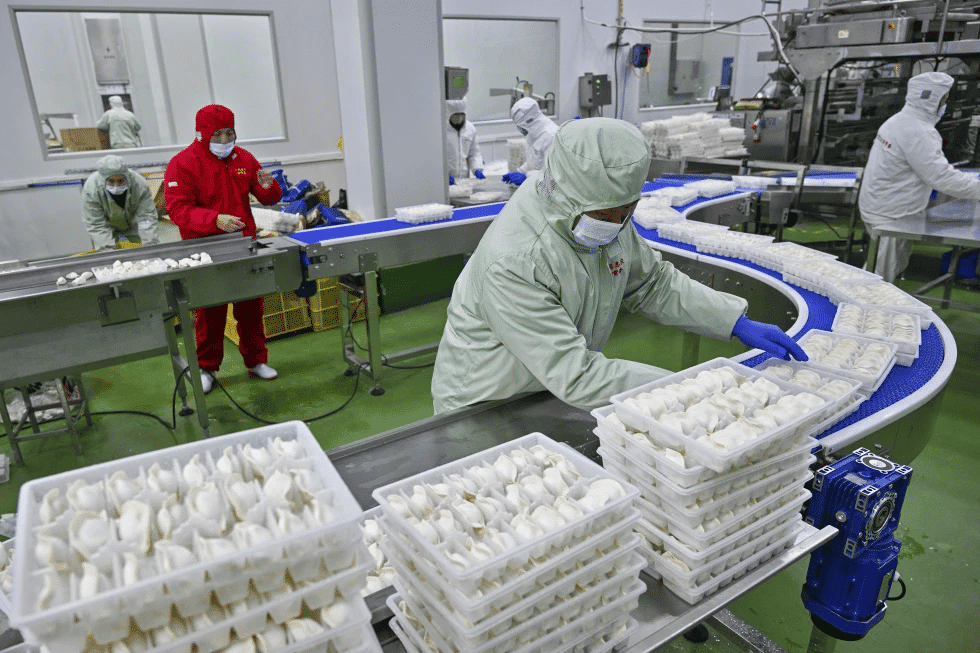
In today’s interconnected world, China has emerged as the de facto leader in global manufacturing. From consumer electronics to industrial machinery, the reach of Chinese manufacturing extends far and wide. Understanding the dynamics of this dominance is essential for anyone seeking to comprehend the global economic landscape.
The Rise of China as a Manufacturing Giant
A Historical Perspective
China’s transformation into the world’s manufacturing hub is not a sudden phenomenon. The seeds were sown decades ago, marked by strategic policy reforms and government initiatives. The 1978 economic reforms initiated by Deng Xiaoping laid the groundwork for a thriving manufacturing sector. By opening its doors to foreign investment and embracing market-oriented policies, China set itself on the path to becoming a global economic powerhouse.
Key Drivers of Manufacturing Dominance
Several factors contribute to China’s manufacturing supremacy, which are pivotal to its continued success:
- Cost-Effective Labor: Historically, China offered an abundant supply of low-cost labor, attracting global companies looking to minimize production costs.
- Extensive Supply Chains: _China boasts one of the most comprehensive supply chain networks in the world,_ supporting a diverse range of industries from textiles to tech.
- Government Support: Ongoing governmental initiatives and policies favor export-oriented growth and technological advancement, further solidifying China’s position.
- Infrastructure Investment: Significant investments in infrastructure such as ports, roads, and logistics centers streamline the movement of goods, enhancing manufacturing efficiency.
China’s Role in Global Trade
The Scale of Output
China accounts for a substantial portion of global manufacturing output. Its production capabilities span numerous industries:
- Consumer Electronics: China is home to the leading manufacturing sites for major electronics brands, producing everything from smartphones to laptops.
- Automobiles: The rapid growth of the auto sector in China has positioned it as a leading manufacturer in the global market.
- Textiles and Garments: As the world’s largest textile producer, China’s garment industry plays a crucial role in international fashion supply chains.
Global Trade Relationships
China’s dominance in manufacturing significantly influences global trade relationships. The country is a pivotal player in the global supply chain, maintaining trade links with:
– The United States, its largest trading partner.
– The European Union, contributing to bilateral trade relations.
– Emerging markets in Africa and Latin America, where China’s products have growing demand.
Challenges and Criticisms
Despite its successes, China’s manufacturing industry faces several challenges:
- Environmental Concerns: rapid industrialization in China has led to significant environmental concerns. High levels of pollution and resource consumption call for a more sustainable approach to manufacturing. Addressing these issues is crucial for the long-term viability of China’s manufacturing sector.
- Rising Labor Costs: as the Chinese economy matures, labor costs have gradually increased. This trend has prompted some companies to relocate manufacturing operations to more cost-effective regions, such as Southeast Asia. To counteract these shifts, China is investing in automation and technology to maintain its competitive edge.
- Intellectual Property Challenges: China’s manufacturing industry also grapples with issues related to intellectual property (IP) rights. While there have been improvements, concerns remain about the protection and enforcement of IP laws, affecting trust among international partners.
The Future of China’s Manufacturing Industry
- Embracing Technology and Innovation: China is actively investing in advanced manufacturing technologies, such as artificial intelligence, robotics, and 5G, to maintain its global leadership. Developing a skilled workforce capable of operating these technologies is a priority for ensuring sustained growth.
- Belt and Road Initiative: The Belt and Road Initiative (BRI) is a key component of China’s strategy to expand its manufacturing influence. By developing trade routes and strengthening infrastructure across Asia, Europe, and Africa, China aims to enhance its global trade relationships and create new opportunities for its manufacturing industry.
Conclusion
China’s journey to becoming a manufacturing leader is a testament to its strategic vision and adaptability. Despite facing various challenges, the country’s commitment to innovation and sustainability bodes well for its continued dominance in the global production arena. As China advances towards becoming an innovation-driven powerhouse, it will continue to shape the future of manufacturing and drive the global economy forward.
This dynamic presents both challenges and opportunities for global businesses and economies. Understanding China’s pivotal role in manufacturing is essential for any entity looking to navigate the ever-evolving landscape of global trade.






























